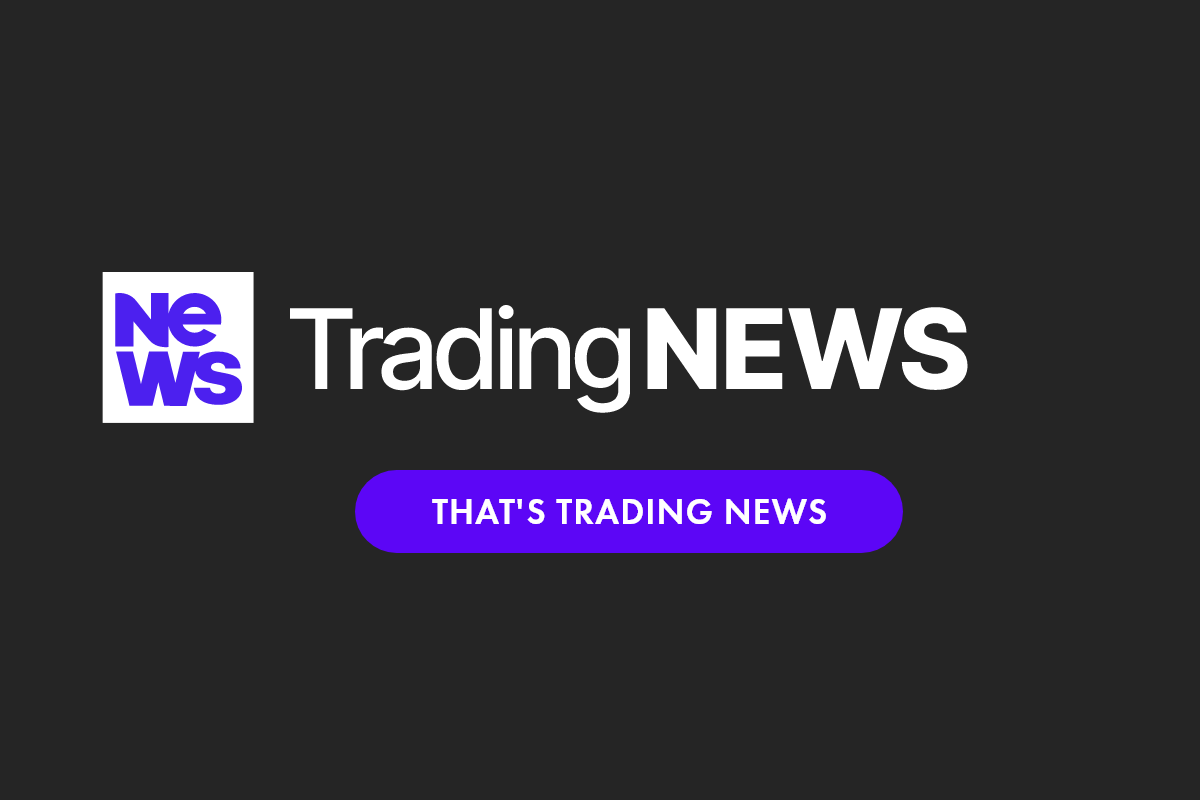The main tag of Gold News Today Articles.
You can use the search box below to find what you need.
[wd_asp id=1]
WTI $64, Brent $67 as Geopolitics Tighten Supply
Oil Price Outlook: WTI (CL=F) and Brent (BZ=F) Under Pressure From Geopolitics and Supply Risks
Crude oil markets remain volatile as WTI (CL=F) trades at $64.01, down 0.91%, and Brent (BZ=F) holds near $67.48, lower by 0.74%, reflecting the tug of war between strong U.S. supply, escalating geopolitical conflicts, and shifting demand flows from Asia and Europe. Despite steady demand, the equilibrium has been challenged by Russia-Ukraine tensions, tariff pressures, and heavy investment in renewables, while speculative flows continue to dictate weekly swings.
Geopolitical Risk Premium Returns to Oil (CL=F, BZ=F)
The war in Ukraine has reintroduced a meaningful geopolitical premium into both WTI and Brent benchmarks. Ukrainian drone strikes on Russia’s energy infrastructure hit eight refineries in August, cutting roughly 10% of refining capacity, and temporarily disrupting flows through the Druzhba pipeline, which supplies Hungary and Slovakia. Over the weekend, a strike at Russia’s Baltic export port near St. Petersburg added to concerns. Russia, already struggling with seaborne oil shipments that hit a six-month low, now faces possible gasoline shortages at home, prompting the Kremlin to consider extending its export ban. Each incremental attack further tightens global supply expectations, making the $65–$70 per barrel range highly sensitive to further escalations. Analysts warn that each 500,000 barrels removed from Russian exports could shift Brent toward $75–$78 in a matter of weeks.
OPEC+ Strategy and Saudi Revenue Decline
Saudi Arabia’s Q2 oil export value fell 16% YoY, reflecting weaker pricing and pressure from record U.S. output. The Kingdom continues to balance fiscal needs with OPEC+ strategy, wary of pushing cuts too aggressively as it weighs competition with U.S. shale. The OPEC basket price sits at $69.65, marginally lower, suggesting member states are absorbing reduced revenues amid discounting to key buyers in Asia. India has ramped up U.S. crude imports as prices remain favorable, while still taking Russian barrels despite tariffs. Saudi Arabia, meanwhile, faces a delicate fiscal situation, with breakeven budgets requiring oil closer to $80–85. This mismatch between current Brent levels at $67–68 and fiscal needs could force further production adjustments heading into Q4.
U.S. Supply Surges and EIA Record Data
According to the EIA, U.S. crude production hit a record in 2024, though growth has slowed compared to earlier years. Weekly output in June beat estimates, reinforcing America’s role as the swing producer. WTI’s rangebound action between $62.70 and $64.95 last week showed how resilient U.S. supply is at these levels. Even with strong exports to India and Europe, domestic production ensures no acute shortage is forming. Inventories, however, have drawn sharply, which, combined with a weaker dollar and speculation about Fed rate cuts, has kept a floor under WTI. Traders point to the $62.30–$65.20 speculative range as defining the short-term technical setup, with upside capped near $66 absent new geopolitical shocks.
European and Asian Demand Shifts
Europe is leaning more heavily on jet fuel imports from Asia, reaching record highs, while refining disruptions in California and ongoing Norwegian pipeline maintenance have added regional volatility. India’s refiners have expanded U.S. purchases, while also increasing discounted Russian crude despite tariff threats. China remains opportunistic, but its slowing industrial profits—down 1.7% in July—weigh on long-term demand growth. Still, Asia’s appetite remains strong enough to soak up discounted cargoes, preventing a steeper collapse in Brent. On the flip side, Chinese LNG imports have declined, reflecting a broader recalibration of its energy mix toward renewables and storage investments, leaving oil markets more sensitive to temporary demand shocks rather than structural growth.
Technical Outlook for WTI (CL=F) and Brent (BZ=F)
WTI struggled to sustain gains above $64.40 last week, reversing lower into the weekend and signaling exhaustion. The inability to clear the $65–$66 resistance highlights bearish undertones, even as speculative flows support short-term rallies. On the downside, $63.00 to $62.50 represents immediate support, with risks of a deeper slide toward $61.70 if macro sentiment worsens. Brent faces a similar picture, with resistance at $68.50–$69.20 and downside support at $66.00. A decisive break below these levels would invite a sharper selloff toward $63 for Brent, narrowing the spread to WTI. The technical picture suggests rangebound trading but with clear downside vulnerability unless geopolitical shocks intensify.
Investor Positioning and Sentiment
Speculative positioning in crude remains cautious, with traders unwilling to bid aggressively higher given ample U.S. supply and weak macro data from China. Large players are expected to return after the holiday weekend with volumes, but the overhang of geopolitical risk prevents aggressive shorting. Goldman Sachs projects oil falling below $55 in 2026, a reminder that current rallies may be short-lived unless backed by sustained supply disruptions. At present, crude appears in a fragile balance between bearish fundamentals and bullish geopolitical shocks, leaving sentiment prone to quick reversals.
Verdict: Buy, Sell, or Hold on Oil (CL=F, BZ=F)
At $64 for WTI and $67 for Brent, oil is trading below the fiscal comfort levels of OPEC producers, with downside risks capped by geopolitical events in Russia and Ukraine. Fundamentals lean bearish with U.S. output at record highs and Chinese demand still fragile, but the geopolitical premium is back in play and could lift prices $5–10 above current ranges if attacks intensify. The technical picture argues for consolidation, but the risk-reward skews cautiously bullish given supply risks. Based on the current setup, WTI (CL=F) is a speculative Buy on dips near $62, while Brent (BZ=F) is a Hold, with a breakout above $70 required to confirm renewed momentum.
That’s TradingNEWS







